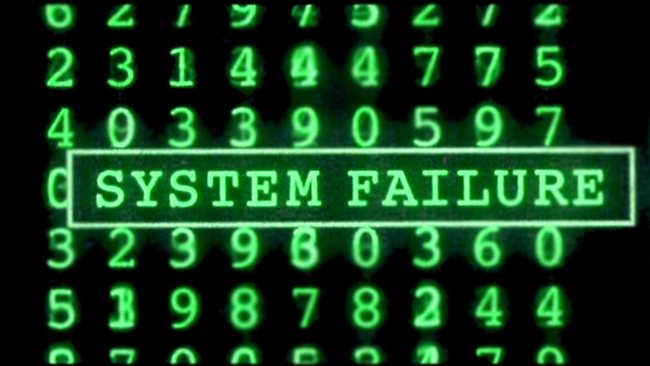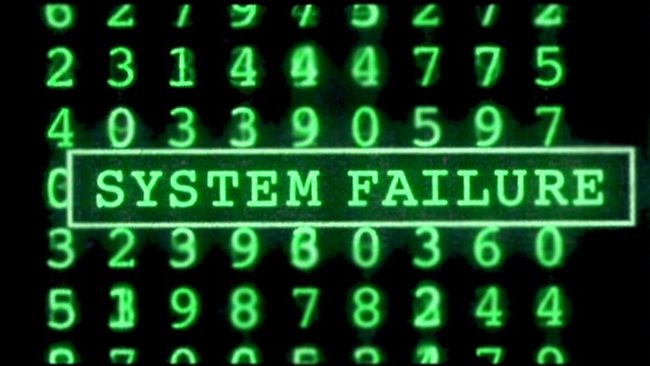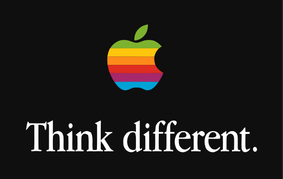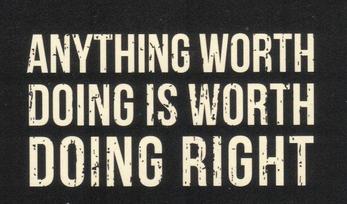Fueled by current events across the nation – from anger over suspected racism and police brutality to a clarion call for hiring more women in technology and exaltation over the Supreme Court decision on gay marriage – “diversity” is once again a buzzword on the lips of the American public, including many employers. As a result, many companies have (or will) step up their diversity efforts – and many will fail. Some thoughts as to why:
Diversity Is More Than Just Numbers
Some employers consider their diversity responsibilities met once they have dusted off their Affirmative Action Plans (AAPs) and received sign-off from legal counsel and/or the OFCCP…or when they look across their conference rooms and see the “visual” diversity of employing various minority groups. But AAP statistics and “visual” diversity are not enough. For a company’s diversity efforts to bear fruit, it must also encourage diversity in how their employees think. True diversity in the workplace means encouraging all employees to openly exchange ideas and – by working together – develop strategies that achieve company goals and solve business problems. Consider:
Diversity Is More Than Just Numbers
Some employers consider their diversity responsibilities met once they have dusted off their Affirmative Action Plans (AAPs) and received sign-off from legal counsel and/or the OFCCP…or when they look across their conference rooms and see the “visual” diversity of employing various minority groups. But AAP statistics and “visual” diversity are not enough. For a company’s diversity efforts to bear fruit, it must also encourage diversity in how their employees think. True diversity in the workplace means encouraging all employees to openly exchange ideas and – by working together – develop strategies that achieve company goals and solve business problems. Consider:
Diversity, Meet Your Other Half
Numerous studies have found that diversity alone actually lowers performance, morale and corporate financial performance. To truly succeed, diversity must be integrated with inclusion. Some employers think diversity and inclusion are the same thing; they are not.
Diversity in the workplace is about a company assembling a mix of different people…across genders, race, religion, skills, generations, etc.
Inclusion in the workplace is about action - it's what a company does with that mix,. It's the deliberate steps a company takes to actively engage and support a diverse work-group in every phase of employment from new hire orientation to performance management to career development. Inclusion is creating a work environment where every employee feels they are safe, can contribute and can succeed.
In the title of an article published by the American Bar Association, attorney and diversity consultant Vernã Myers described the difference between diversity and inclusion with brilliant simplicity: “Diversity Is Being Invited to the Party; Inclusion Is Being Asked to Dance.”
Inclusion Is Evergreen
To be successful, inclusion must be an ongoing action: every day, every month, every year. Inclusion is at its most powerful when it is:
Yes, doing Diversity and Inclusion together and in proper balance is a lot of work. But as "Fear and Loathing In Las Vegas" author Hunter S. Thompson once observed:
Numerous studies have found that diversity alone actually lowers performance, morale and corporate financial performance. To truly succeed, diversity must be integrated with inclusion. Some employers think diversity and inclusion are the same thing; they are not.
Diversity in the workplace is about a company assembling a mix of different people…across genders, race, religion, skills, generations, etc.
Inclusion in the workplace is about action - it's what a company does with that mix,. It's the deliberate steps a company takes to actively engage and support a diverse work-group in every phase of employment from new hire orientation to performance management to career development. Inclusion is creating a work environment where every employee feels they are safe, can contribute and can succeed.
In the title of an article published by the American Bar Association, attorney and diversity consultant Vernã Myers described the difference between diversity and inclusion with brilliant simplicity: “Diversity Is Being Invited to the Party; Inclusion Is Being Asked to Dance.”
Inclusion Is Evergreen
To be successful, inclusion must be an ongoing action: every day, every month, every year. Inclusion is at its most powerful when it is:
- An integral part of the workplace culture, demonstrated at every level of the organization beginning with top leadership.
- A part of everyday workplace language and focuses on the person, not their differences. Examples: not using dated or offensive terms such as “handicapped” or “crippled”, and saying, “Jane got promoted today” instead of “Jane – that girl in the wheelchair – got promoted today.
- Demonstrated through brave action. Example: when HR sees 2 candidates – a male and a female being hired with apparently equal qualifications and experience but with the female being paid less, that HR professional has an obligation to question the difference.
- Displayed through meaningful corporate initiatives: ongoing education. Diversity/inclusion training. Programs for collecting and responding to employee feedback. Tackling issues of company-wide relevance through work teams that cut across functions, departments and generations while encouraging creative thinking and leveraging diverse talents.
Yes, doing Diversity and Inclusion together and in proper balance is a lot of work. But as "Fear and Loathing In Las Vegas" author Hunter S. Thompson once observed:
We hope you found this post helpful. Thank you in advance for sharing it with your friends, especially any small or mid-sized business owners who need assistance with their HR needs. We'd love to hear your comments and invite you to explore the full scope of human resources and resume services on our website.
Regards, PhoenixHR LLC
Regards, PhoenixHR LLC








